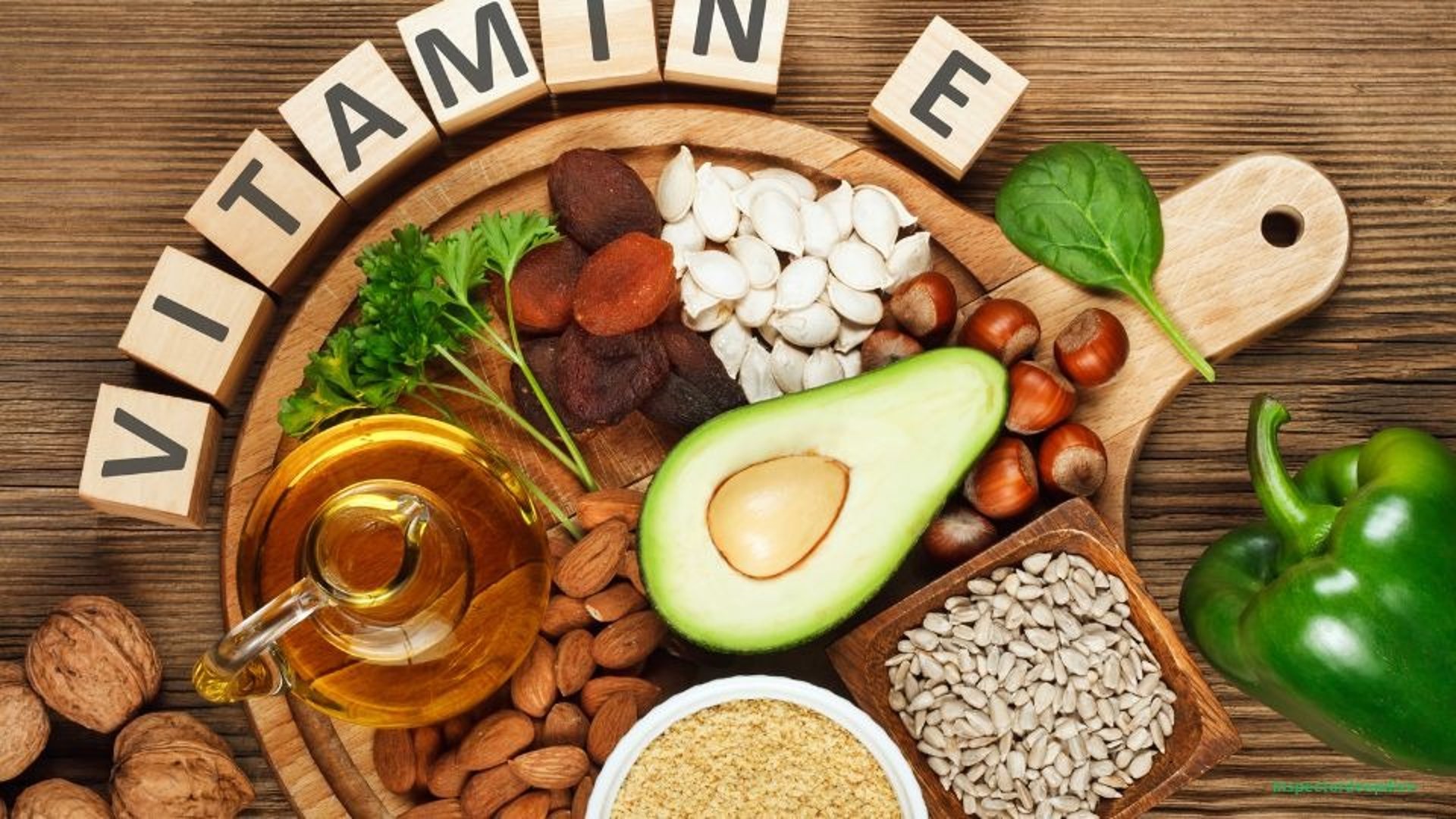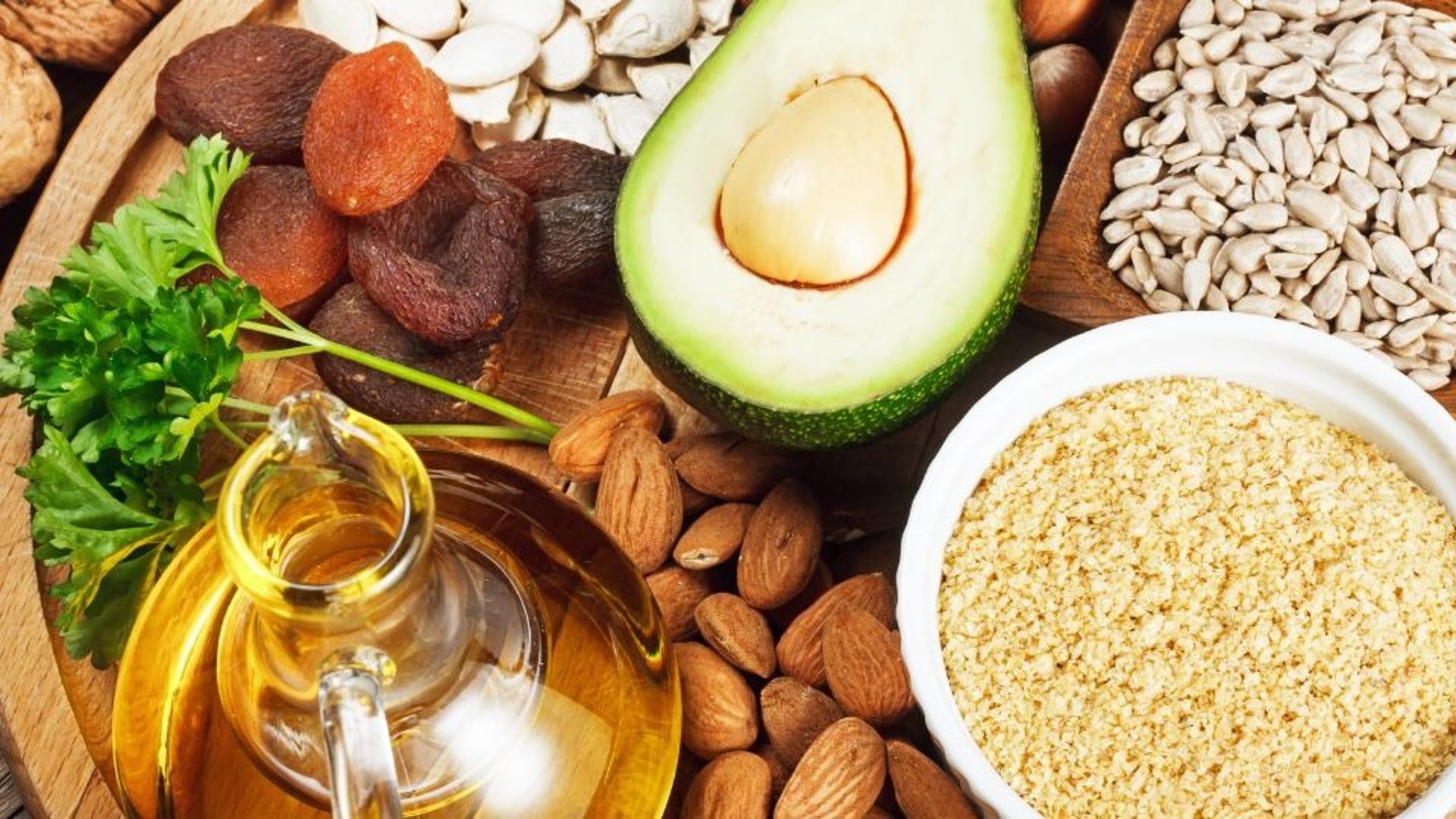
Vitamin E: The Essential Antioxidant for Skin and Overall Health

Vitamin E is a fat‑soluble antioxidant family that protects cells from damage. The two main groups are tocopherols and tocotrienols; alpha‑tocopherol is the form the body stores and the one most often used in supplements. You get Vitamin E from nuts, seeds, vegetable oils, leafy greens, and fortified foods. It supports skin, immune, heart, and brain health, but high‑dose supplements have mixed results and some risks so food first, supplements when needed.
What is Vitamin E
Vitamin E is a group of related nutrients that help protect your cells from harm caused by unstable molecules called free radicals. It’s fat‑soluble, so the body absorbs it with dietary fat and stores some in the liver and fat tissue.
The Two Main forms
Tocopherols: alpha, beta, gamma, delta (alpha‑tocopherol is the most active in humans).
Tocotrienols: alpha, beta, gamma, delta (gaining attention for unique benefits in recent research).
Tocotrienols and Tocopherols: Understanding the Two Forms of Vitamin E
Best food sources
Nuts and seeds: almonds, sunflower seeds, hazelnuts.
Vegetable oils: wheat germ oil, sunflower oil, olive oil.
Green leafy vegetables: spinach, kale, Swiss chard.
Fruits: avocado, mango, kiwi (smaller amounts).
Fortified foods: some cereals, plant milks.
Eat a mix of these to meet needs naturally; pairing with a little fat helps absorption.
What Vitamin E does to the body
Antioxidant defense: protects cell membranes and slows oxidative damage.
Skin health: supports repair and hydration; commonly used in topical products.
Immune support: helps immune cells function better.
Heart and circulation: prevents oxidation of LDL cholesterol (one factor in artery disease), supports vessel health.
Brain and nerve protection: helps guard nerve cells from oxidative stress, an area of active research.
How the body absorbs and stores it
Vitamin E is absorbed in the small intestine along with dietary fats, packaged into chylomicrons, and transported to tissues. The liver and fat tissue store it; the body preferentially keeps alpha‑tocopherol.
Signs of deficiency
Rare in healthy people eating varied diets. When it occurs (often due to fat‑malabsorption or genetic issues), symptoms include muscle weakness, poor coordination, vision problems, and more frequent infections.
Fixing a deficiency
Mild: eating Vitamin E‑rich foods and/or short‑term supplements usually helps within weeks.
Severe: may require higher‑dose supplements under medical supervision and months to recover. Blood tests (serum alpha‑tocopherol) guide treatment.
Supplements: Forms and Practical Tips
Common supplement forms:
Natural alpha‑tocopherol (listed as d‑alpha‑tocopherol) better retained by the body.
Synthetic alpha‑tocopherol (dl‑alpha‑tocopherol) less bioavailable per IU.
Mixed tocopherol formulas (contain gamma‑ and delta‑forms).
Tocotrienol supplements increasingly available, often marketed for brain and heart support.
Topical vitamin E oils/creams used on skin (can cause irritation in some people).
How to choose a supplement:
Prefer natural forms (d‑alpha) or mixed natural tocopherols when possible.
Look for third‑party testing (USP, NSF, Consumer Lab).
Avoid unnecessary fillers and high added sugars in gummies.
Read labels: amount may be in mg or IU; follow package guidance and consult a clinician.
When to take:
With a meal containing fat to maximize absorption.
Dosage guidance
RDA for most adults: 15 mg/day (alpha‑tocopherol).
Pregnant: 15 mg/day; breastfeeding: about 19 mg/day.
Upper intake (to avoid adverse effects): 1000 mg/day (1500 IU) for adults (this is the tolerable upper limit).
Note: Most people meet needs through food; supplements are for those with poor intake, malabsorption, or specific medical advice.
Safety, overdose risks, and interactions
High doses can cause nausea, headaches, fatigue, and importantly increase bleeding risk (interacts with blood thinners like warfarin).
Long‑term very high doses might impair immune function or interact with other nutrients.
Some large trials found no heart benefit from routine vitamin E supplements; one major trial (SELECT) even found increased prostate cancer risk with supplemental vitamin E, highlighting that supplements are not risk‑free.
If you take blood thinners, have a bleeding disorder, or are on chemotherapy or other medications, check with your healthcare provider before supplementing.
Topical use (skin)
Topical vitamin E is widely used for skin hydration and scar care. Clinical results vary it helps some people but can cause contact dermatitis in others. Patch test before using widely.
Lifestyle and cooking tips
Vitamin E is reasonably stable in normal cooking but prolonged high‑heat frying can decrease levels.
Store oils and nuts in cool, dark places to preserve vitamin E.
Including healthy fats (olive oil, avocado) with vitamin E‑containing foods improves absorption.
2025 Science Updates (what’s emerging)
Tocotrienols: growing clinical interest for potential neuroprotective, cholesterol‑lowering, and liver‑protective effects; early trials show promise but larger, longer studies are needed.
Disease prevention: large randomized trials have not supported routine high‑dose alpha‑tocopherol supplements to prevent cardiovascular disease; some trials raised safety concerns. Supplements should not replace proven therapies.
Neurodegeneration: some studies suggest vitamin E may slow functional decline in certain neurodegenerative conditions, but findings are mixed and dose‑dependent.
Personalized nutrition: ongoing research is refining who might benefit from supplementation (based on genetics, diet, and metabolic health).
Topical formulations: new delivery methods and combined antioxidant formulas are being tested to improve skin benefits and reduce irritation.
Practical takeaways
Get Vitamin E mostly from food: nuts, seeds, vegetable oils, and leafy greens.
Supplements can help people with low intake or absorption problems but aren’t a cure‑all and carry risks at high doses.
If you consider supplements, choose quality products, follow recommended doses, and talk to your healthcare provider especially if you take medications or have health conditions.
Watch for new research on tocotrienols; they may become a more common option as evidence grows.
Vitamin E: Natural Sources, Health Benefits, and What to Know Before Supplementing
info@inspectordeepdive.com
© 2025 food.InspectorDeepDive.com. All rights reserved. Content may not be copied or republished without permission.
This article is for informational purposes only. InspectorDeepDive.com does not provide medical advice. Always consult a licensed healthcare provider before making dietary or health decisions.
